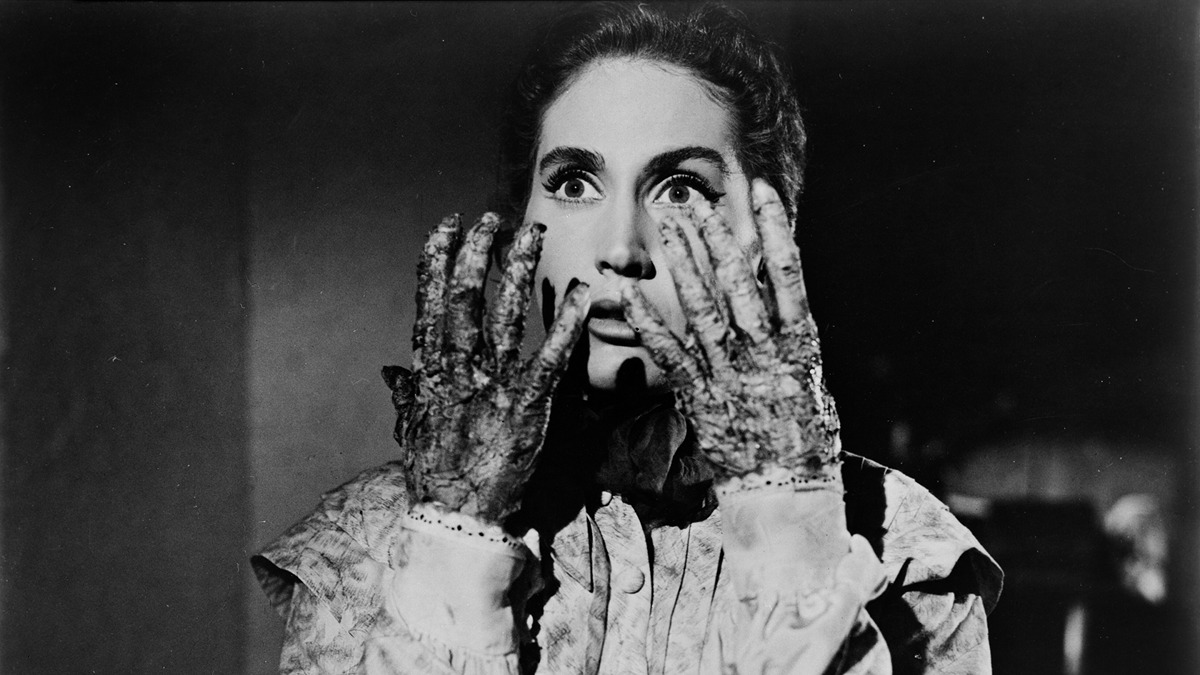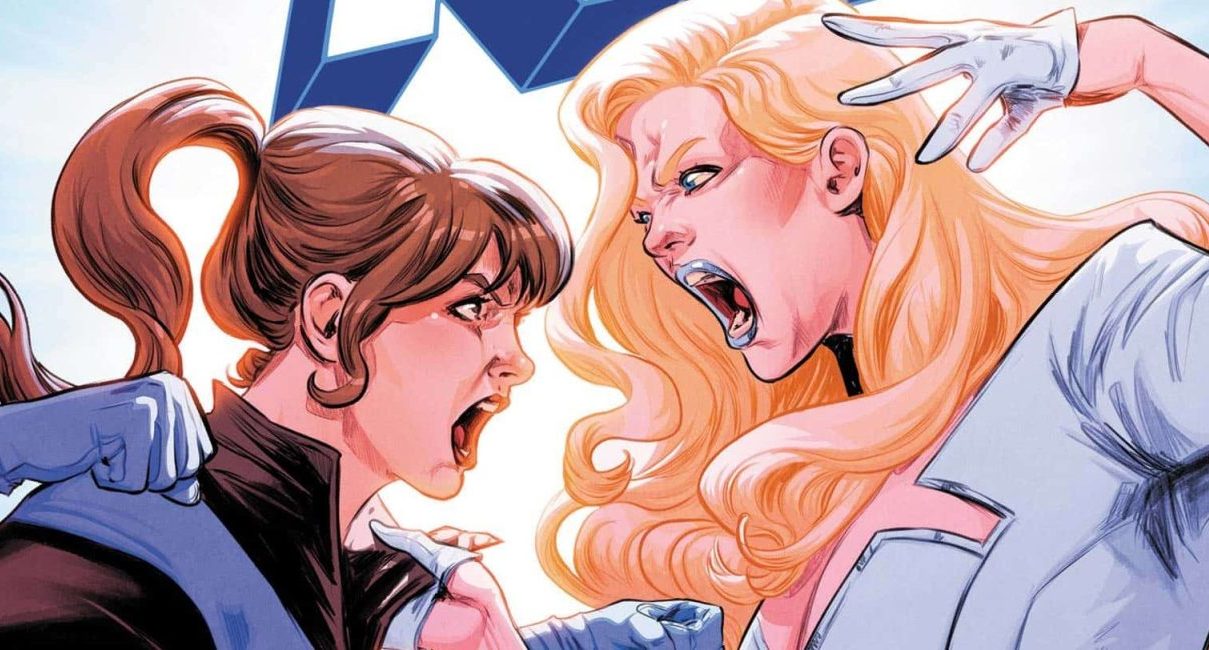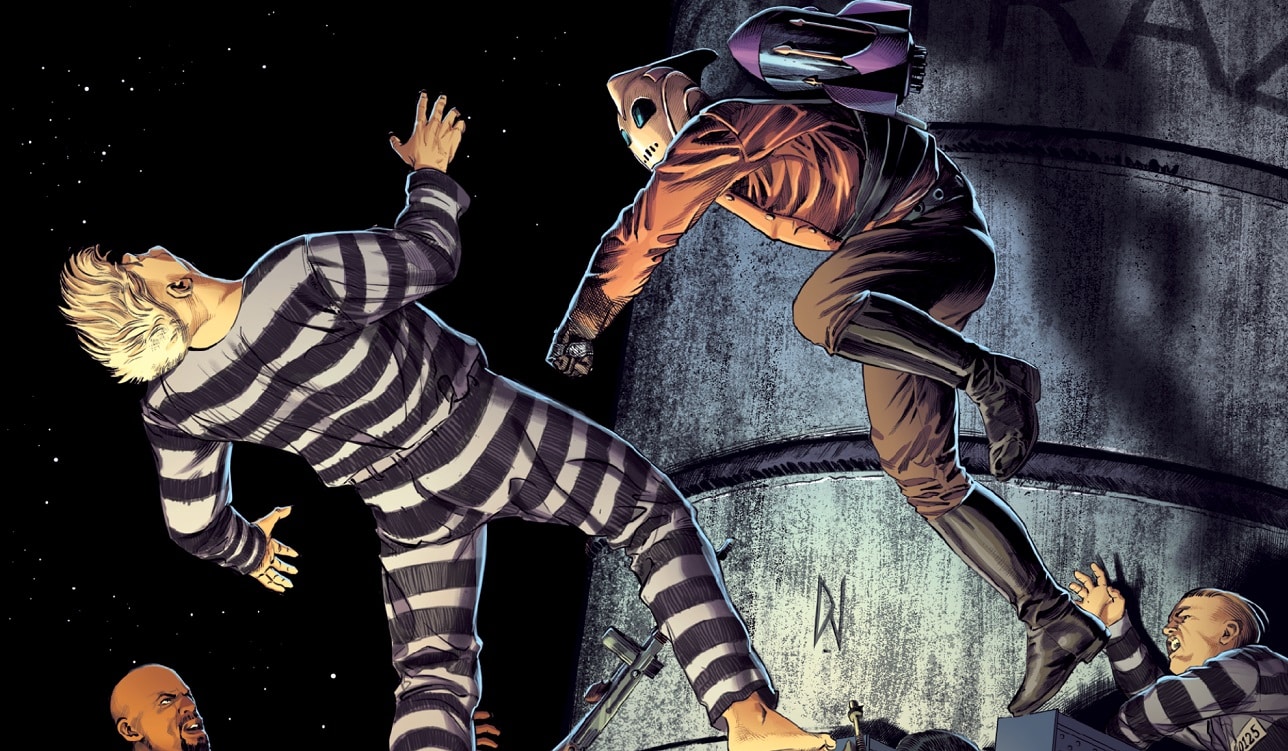What is the state of Superhero entertainment today? Are we as consumers of this genre of entertainment disappointed in or tired of superhero media and the current slate of movies and programs out there in 2023? Is the trend of diminishing box office money a reflection of customer waning dissatisfaction of superhero movies or lack of quality from the film makers and creators of the comic book spawned industry of programs and movies?
To answer these questions, we will first look back at the history and early programs, serials and movies. Then we will crunch some historical numbers to give the total picture of the cinematic viability in 2023 and beyond. We have a definitive timeline we can trace from the 1939 popularity of Action Comics #1 and the explosion of comic books, serials, movies and TV programs from that time to today.
Almost immediately after superheroes rose in popularity because of comic books, they were adapted into film serials, the earliest of which include Mandrake the Magician (1939), The Shadow (1940), Adventures of Captain Marvel (1941), Batman (1943), The Phantom (1943), Captain America (1944), and Superman (1948). Superhero serials went out toward the end of the decade thanks to an overall decline in the format. 1949’s Batman and Robin and 1950’s Atom Man vs Superman were the last superhero series released. The first full-length superhero movie feature arrived in 1951 with DC’s Superman and the Mole Men with George Reeves.
Adventures of Superman was the first comic-book superhero to appear in his own television series. The Adventures of Superman (syndication, 1952) starred George Reeves from the movie as the Man of Steel and was sponsored by Kellogg’s (1952–58). At this point I will not reflect of some of the lesser versions of what you might call superheroes like Flash Gordon 1954-1955, Buck Rogers 1950–1951, the Lone Ranger 1949–1957, Dick Tracy 1950-1951, The Green Hornet 1966-1967, Doctor Who from 1963, The Six Million Dollar Man 1973–1978 and so many others. I truly mean no disrespect to these projects, but we are looking at trends to explain todays’ state of entertainment in film related projects that feature superheroes.
 Batman, live-action TV series, staring Adam West as Bruce Wayne/Batman and Burt Ward as Dick Grayson/Robin, premiered in 1966 and lasted 3 seasons. From this project came a made for tv movie (Batman – The Movie) that was released on July 6th, 1966. This campy approach to Batman upset many die-hard comic book fans but was delighted by TV watchers and had quite a following. Then there was a short run of Shazam! for 3 seasons 1974–76 and The Secrets of Isis. Joanna Cameron played Isis who possessed an amulet with gave her “the powers of the animals and the elements”. It lasted 2 seasons 1975–76.
Batman, live-action TV series, staring Adam West as Bruce Wayne/Batman and Burt Ward as Dick Grayson/Robin, premiered in 1966 and lasted 3 seasons. From this project came a made for tv movie (Batman – The Movie) that was released on July 6th, 1966. This campy approach to Batman upset many die-hard comic book fans but was delighted by TV watchers and had quite a following. Then there was a short run of Shazam! for 3 seasons 1974–76 and The Secrets of Isis. Joanna Cameron played Isis who possessed an amulet with gave her “the powers of the animals and the elements”. It lasted 2 seasons 1975–76.
 The next superhero live-action TV series of note was Wonder Woman with Linda Carter as the title character with Lyle Waggoner as Steve Trevor. It lasted 60 episodes from 1975 to 1979. This rendition of Wonder Woman was popular and has a fond following to this day. This list of film and TV projects will lead us to the release of the age of the Superhero movies starting with Superman The Movie in 1978. This 143-minute Richard Donner film was the one that started film makers everywhere to think that superhero movies could make money for them and the studios. In the next 14 years from 1979 to 1992 the studios grossed $1,495,651,118 billion with a production budget under $455,000,000. That nets about $1,040,651,118 which will cover I am sure the marketing and distribution cost with a nice profit. Below is a graph reflection of those numbers. The numbers come from the people at The Numbers Website and double checked with Box Office Mojo on the web.
The next superhero live-action TV series of note was Wonder Woman with Linda Carter as the title character with Lyle Waggoner as Steve Trevor. It lasted 60 episodes from 1975 to 1979. This rendition of Wonder Woman was popular and has a fond following to this day. This list of film and TV projects will lead us to the release of the age of the Superhero movies starting with Superman The Movie in 1978. This 143-minute Richard Donner film was the one that started film makers everywhere to think that superhero movies could make money for them and the studios. In the next 14 years from 1979 to 1992 the studios grossed $1,495,651,118 billion with a production budget under $455,000,000. That nets about $1,040,651,118 which will cover I am sure the marketing and distribution cost with a nice profit. Below is a graph reflection of those numbers. The numbers come from the people at The Numbers Website and double checked with Box Office Mojo on the web.
 1966 to 1992
1966 to 1992The top movies in that time were the 4 Superman movies starring Christopher Reeve mixed with a Supergirl movie with Helen Slater as Kara/Supergirl/Linda Lee. Also, in 1989 the Tim Burton’s Batman movie starring Michael Keaton as Batman/Bruce Wayne with Jack Nicholson playing The Joker with the sexy Kim Basinger as Vicki Vale, this film made Hollywood a believer that the “Superhero” movies were here to stay. With a worldwide box office of $411,348,924 with production cost of only 35 million movie producers began to see the great potential of the superhero genre. The only disappointment during this time period was the poorly made Supergirl movie and lack of interest in the last WB release of Superman IV: The Quest for Peace. Combined they made only about 52 million in box office tickets.
The next 11 years ushered in 21 movies that caused studios to absorb production costs of about $1,216,243,107. The movie makers made $3,786,917,624 in box office totals. The $2,570,674,517 net left them plenty of money to deal with marketing and distribution cost and again make them a nice profit$$$$. Again, see the graph below to see how that looks in the numbers.
 1993 to 2003
1993 to 2003One of the top movies during this time was Batman Forever featuring Val Kilmer as Batman/Bruce Wayne, Tommy Lee Jones as Harvey Dent/Two-Face, Jim Carrey as Edward Nygma/The Riddler, Nicole Kidman playing Dr. Chase Meridian and Chris O’Donnell as Dick Grayson/Robin – Worldwide Box Office, $336,529,144. George Clooney became Batman/Bruce Wayne in 1997 making WW $238,317,814. The surprise of the movies this run was the Jim Carry starring blockbuster film The Mask (1994) which made WW $351,620,129 by New Line. The new Fox owned X-Men movies in 2000 and 2003 made $703,220,997. Tobey Maguire Spider-Man movie in 2002 made a whopping $821,706,375 in the box office getting very close to the magical billion-dollar amount. 2003 was the first year that brought over a billion to the combined superhero box office.
The next 10-year period between 2004 to 2013 the studios produced an astronomical 72 movies made for the big screen labelled superhero. Production cost for that time was $6,500,053,018. The studios turned this into $16,266,705,715 in box office total. Big profits were being made and it got the attention of the whole movie making industry. The future looked very rosy and bright for well-made superhero movies, but the production cost were going up for these high CG and actor driven productions. Again, see the graph below to see how that looks in the numbers.
 2004 to 2013
2004 to 2013The Dark Knight by Christopher Nolan staring Christian Bale Batman/Bruce Wayne (2008) was the first billion-dollar box office superhero movie in history with a worldwide take of $1,003,045,358. Be that as it may, Marvel soon superseded the WB as the top money maker in the industry. By the time Iron Man 3 came out in 2013 they produced The Avengers which made (1.52) billion and Iron Man 3 (1.21) billion respectively. Warner Bros, Fox and Sony were all making plans to compete in this very popular genre.
This look back brings us to the last ten years and what transpired during that time to today. This time begins and ends with Guardians of the Galaxy (2014) and Guardians of the Galaxy Vol 3 (2023) as the top movies in their respective years. This is ironic because they are both Marvel movies directed by James Gunn who recently has become the co-chair and co-CEO with Peter Safran of DC Studios. Gunn will kick off the first movie during his leadership with “Superman: Legacy”. It will be written and directed by him and is expected to be in theaters in 2025. In the last 10 years over 100 superhero movies have been made with Marvel leading the way in profitable projects like Avenger: Infinity Wars (2018) and Avengers: Endgame (2019) surpassing the unheard of 2-billion-dollar mark. By April of 2020 Marvel Studios had made 22.55 billion dollars making movies about superheroes. Everything was looking up for the superhero movie making industry, but something happened in 2020. We will discuss that in a moment but first look at the Numbers reflected in the graph below.
 2014 to 2023
2014 to 202395 superhero movies were made from 2014 to 2019. All the studios making these movies made $29,025,399,456 with production cost of about 15,797,916,671. Keep in mind not all studios made Marvel type profits. It still was a very competitive market. 2020 was an aberration because very few people went to movie theaters with required government restrictions because of the worldwide pandemic of Covid 19 so we will not tally that year but look at the last 3 years to show the change superhero popularity and the money-making power during that time. 2021 to 2023 we are looking at 59 movie making $10,481,403,103 with production cost of $10,247,291,678. What happened to movie making profits? It is apparent that studios are losing money. Why is that and what has changed?
It has always been risky in movie making to produce movies that will make money for the movie maker but in the 316 movies made since 1966 in this presentation they have made $61,453,968,938 in the box office and it has cost the studios $41,093,193,015 with a net of $20,360,775,923 to cover all the other marketing and movie producing costs with a little left over to help their investors and shareholders. In the last 3 years all that has disappeared and put a once promising industry in serious jeopardy. So, what is the reason for this and how do the studios correct this major problem?
Social media has a plethora of opinions and reasons stated for the quagmire of problems in the industry that comic book fans are fond of. Some blame the industry itself which is guilty of cookie cutting the same stories over and over and not being true to the origins of their favorite heroes. Some state the there is too much commitment to the social war that is going on in society today and resent that heroes are changed from their origins to promote a new sexual orientation or race.
Many just want to see and hear a visual presentation that entertains you with situations that you can relate to and personalities in actors that you can have a vested reason to care about. They want a good compelling story that will make you want to spend money on a ticket in the theater. Some blame the cost of movies. After the pandemic people were slow to come back to the theater and have committed to wait till the movie comes out on streaming.
People are upset with DC movies because of the turmoil and chaos with the studio heads and don’t trust them to fix the problem even with James Gunn. Marvel has been criticized for poor quality stories and even too much programing. Some say the originality has left Marvel and there is nothing new and fresh anymore.
While some of these opinions may be valid there are other reasons that originate from the studios themselves. There is a writer and actor strike right now which is putting a bear hug on all production of new projects and stifling any creativity in the industry, and we don’t know when that will be resolved. In any case this will do nothing to lower the ever-growing production cost of the movies. One of the biggest complaint about movies like the Flash movie was the poor Computer-generated imagery. People really expect there special effects to be on the level of the Avatar – The Way of Water movie by James Cameron. That is very expensive done right. The actual production cost of that movie were over half a billion dollars which was acceptable because it made in the Worldwide Box Office $2,320,250,281. Hard to justify CGI cost of that type with the movie industry in its current state.
I know one thing, that in all things business you must follow the money. With the great potential of profits will make movie maker producer try again and in time produce something of value to the entertainment seeker. We as people love our escape time to listen to music, watch a favorite tv program, read or listen to a book, and so many other things we enjoy and have value to us. If they make a good product at a reasonable cost, we as a consumer will pay for that service or product. This has become the American way and still works today.
I hope this has helped in your understanding of the industry we call superhero movies. Their comic book origins keep me connected to them and I look forward to seeing you at the movies. Stay tuned for more, Walt 🙂



















 English (US) ·
English (US) ·